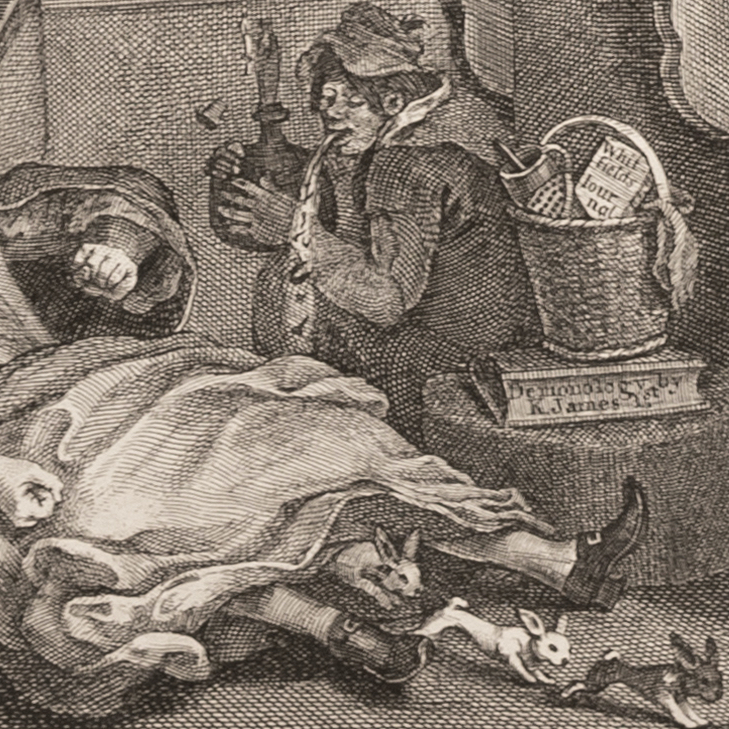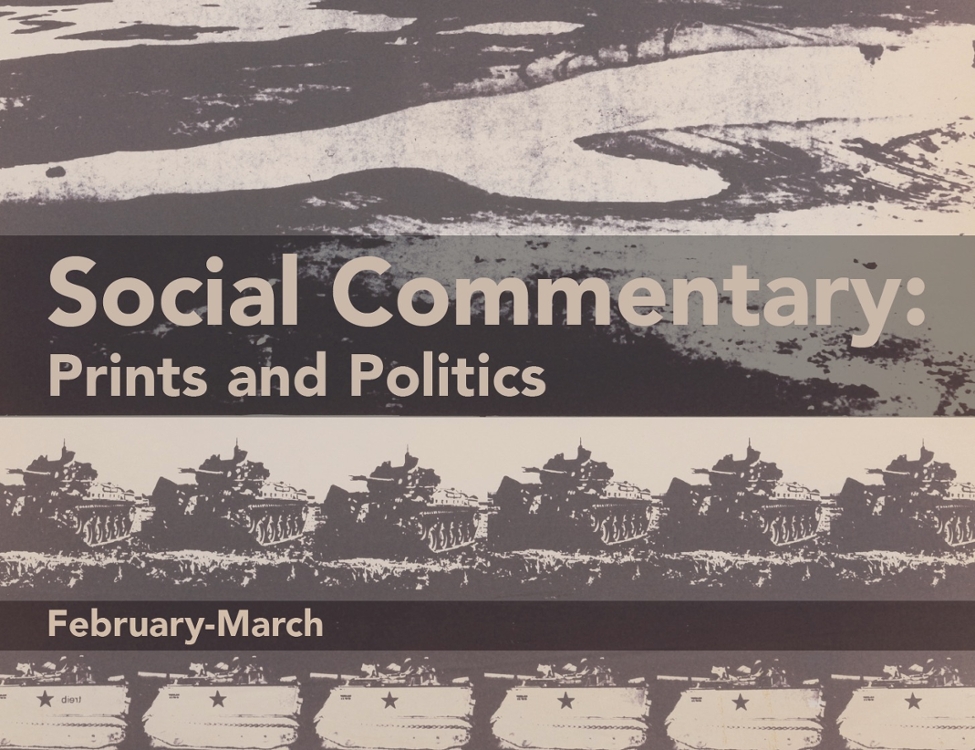Hogarth's Modern Moral Series
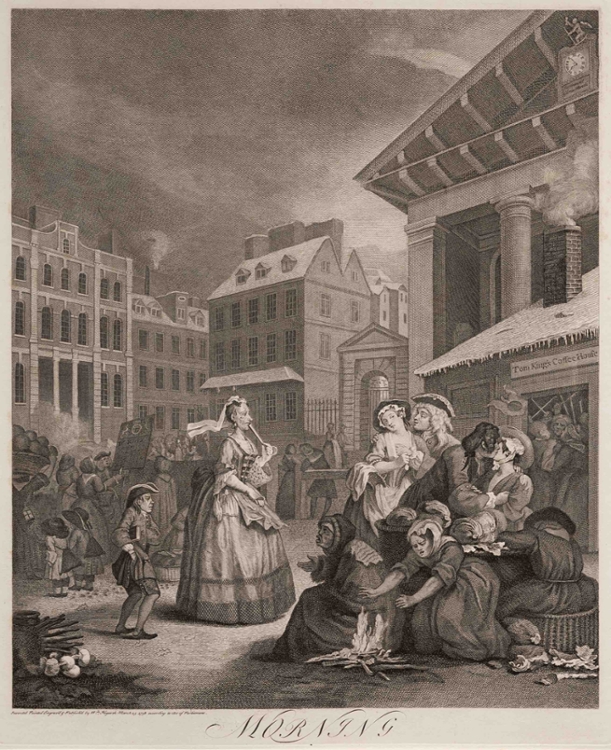 William Hogarth, "Morning," 1738, engraving.
William Hogarth, "Morning," 1738, engraving.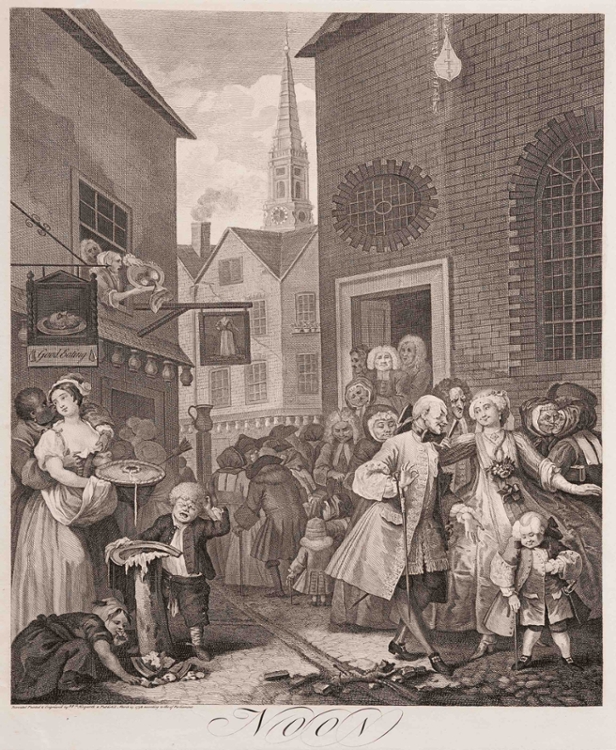 William Hogarth, "Noon," 1738, engraving.
William Hogarth, "Noon," 1738, engraving.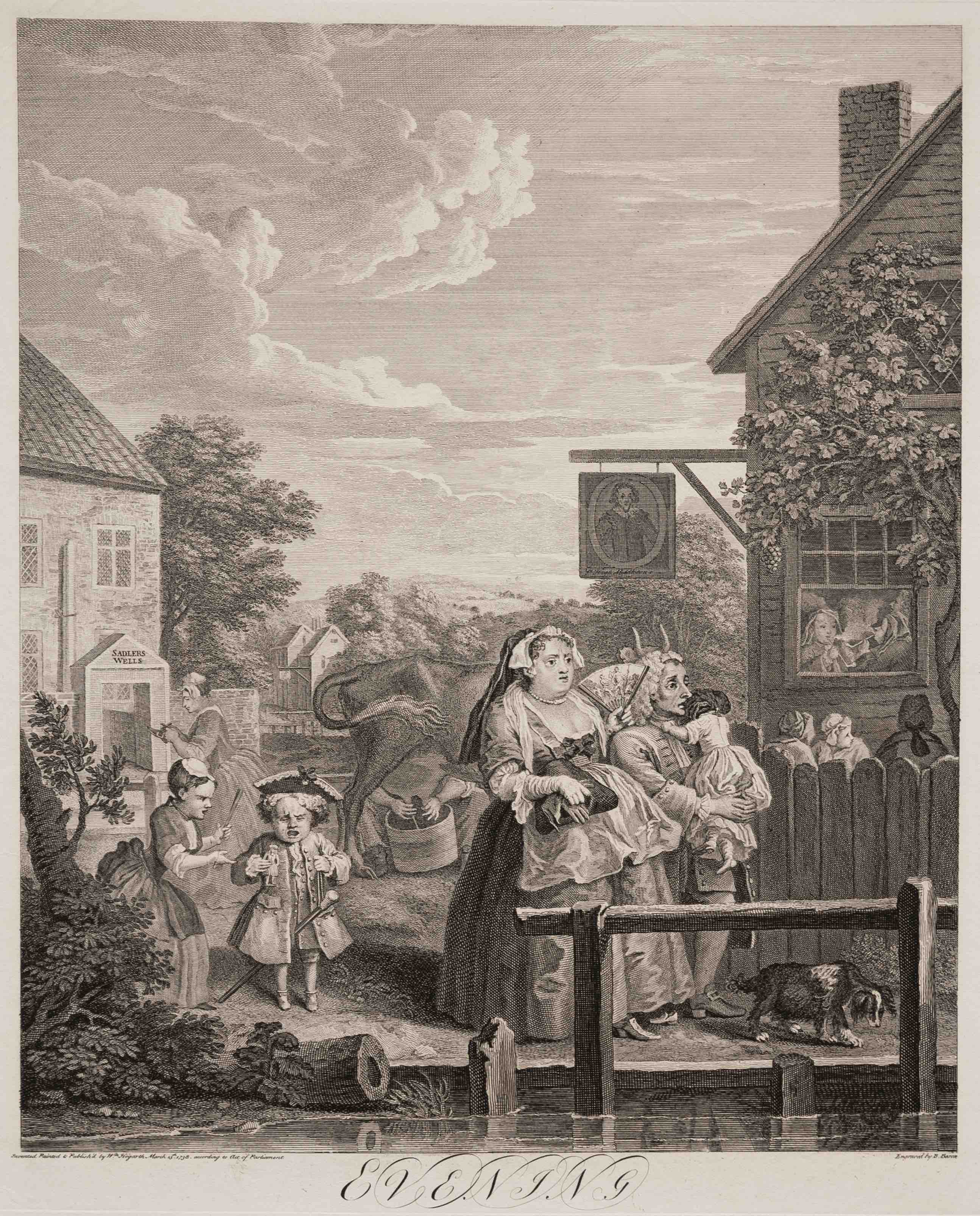 William Hogarth, "Evening," 1738, engraving.
William Hogarth, "Evening," 1738, engraving.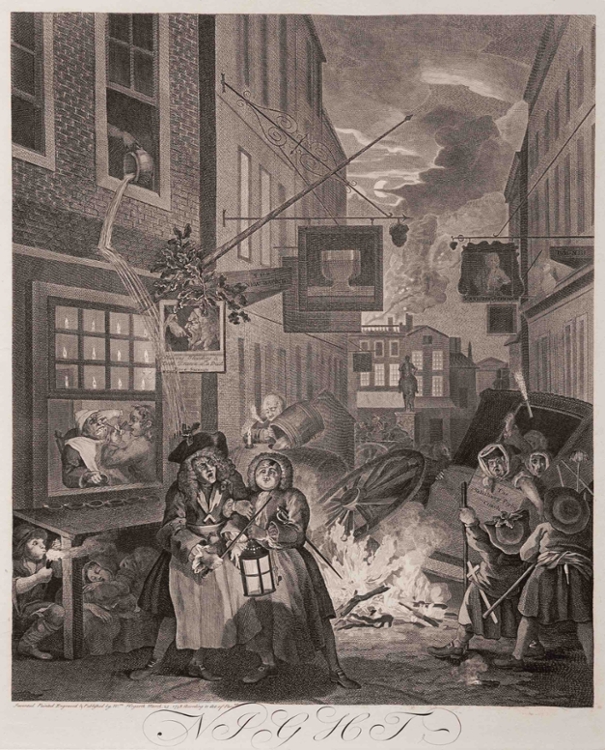 William Hogarth, "Night," 1738, engraving.
William Hogarth, "Night," 1738, engraving.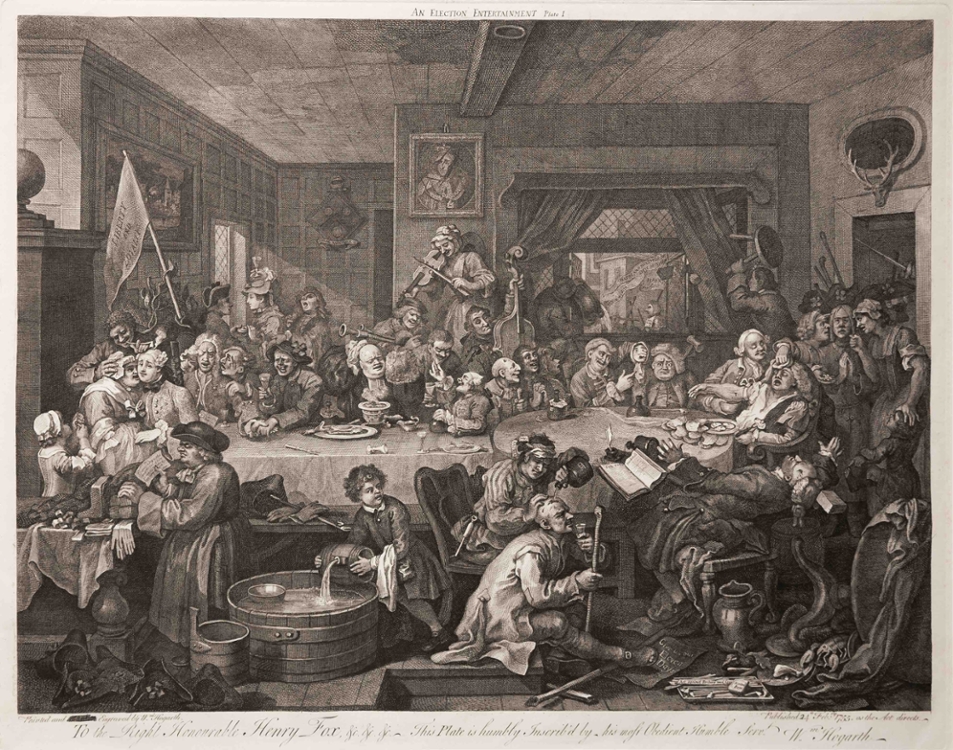 William Hogarth, "An Election Entertainment" from "The Humours of an Election," 1755, engraving.
William Hogarth, "An Election Entertainment" from "The Humours of an Election," 1755, engraving.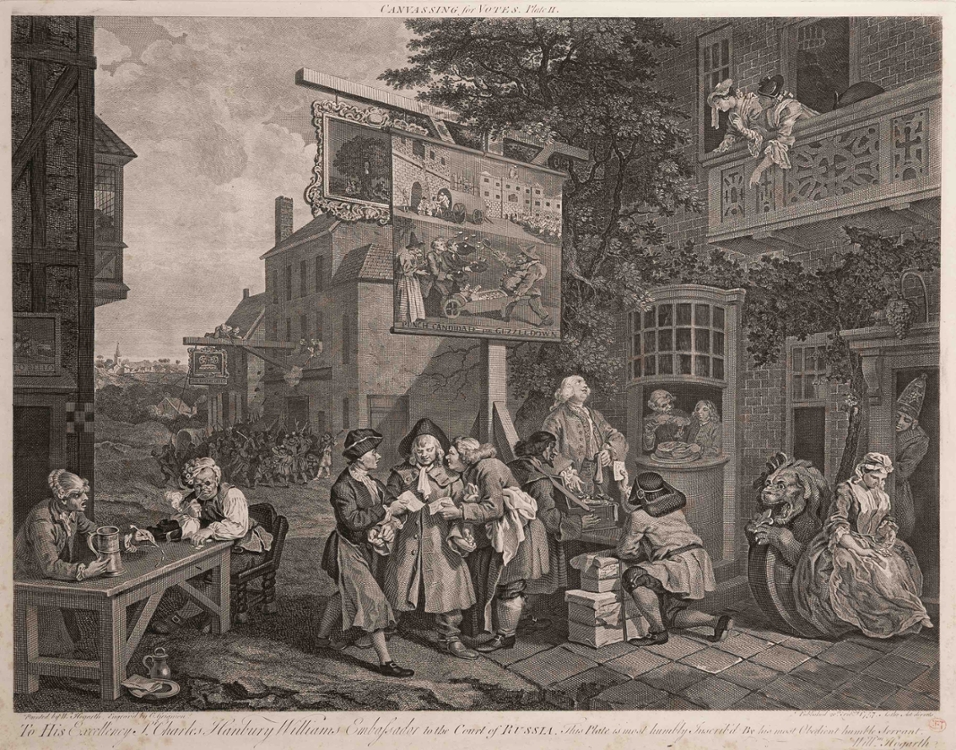 William Hogarth, "Canvassing for Votes" from "The Humours of an Election," 1757, engraving.
William Hogarth, "Canvassing for Votes" from "The Humours of an Election," 1757, engraving.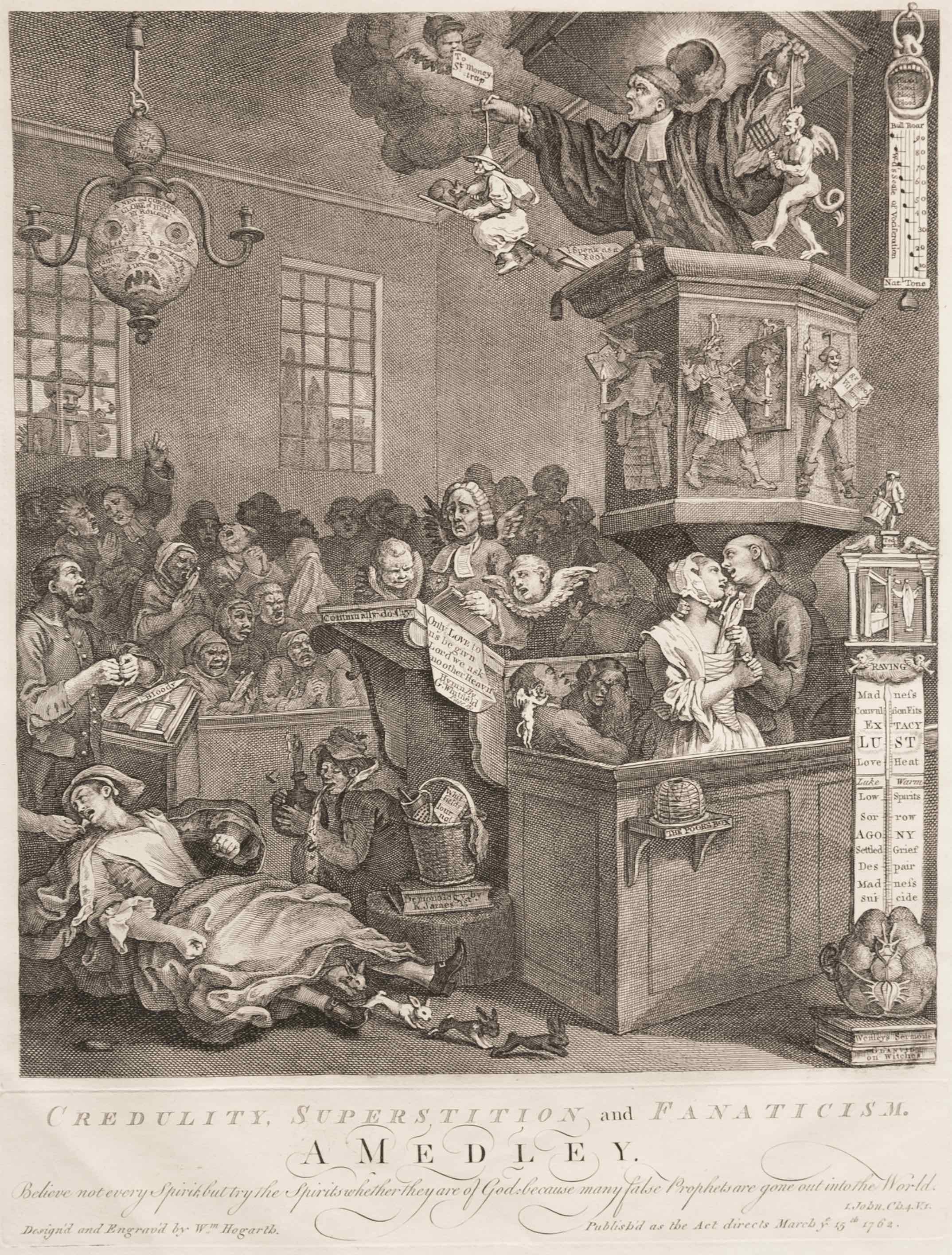 William Hogarth, "Credulity, Superstition and Fanaticism. A Medley," 1762, engraving.
William Hogarth, "Credulity, Superstition and Fanaticism. A Medley," 1762, engraving.The Turner Collection includes nineteen prints by William Hogarth (1697-1794), an eighteenth-century English artist well known for his satirical social commentaries of eighteenth-century London, and six of these prints appear in the current exhibition. In 1811, Charles Lamb remarked that Hogarth’s “graphic representations are indeed books: they have the teeming, fruitful, suggestive meaning of words. Other Pictures we look at – his Prints we read.” This is particularly true in “The Four Times of Day” series (1738), as well as in “An Election Entertainment” (1755), “Canvassing for Votes” (1757), and “Credulity, Superstition, and Fanaticism” (1762), all included in the current exhibition.
“The Four Times of Day” series (“Morning,” “Noon,” “Evening” and “Night”) are similar to his well-known “moral” series of prints, such as “Marriage à la Mode” (a series of six prints) which is in the Turner Collection. Hogarth’s “modern moral series” were first created as paintings, and then engraved for wider distribution and audience. Each series of paintings were presented as a chronological “progress” of satirical episodes illustrating his opinion of the moral shortcomings of eighteenth-century English society. These “modern moral series” prints, such as “The Four Times of Day,” appeared in the 1730s and 1740s in the context of the Reformation of Manners. In the 1690s, the first Societies for a Reformation of Manners were formed to advocate for laws and prosecutions to enforce their desired “orderly” heteronormative culture. This advocacy took place in the government and courts, as well as in pamphlets and prints, such as “The Four Times of Day.” Unlike Hogarth’s other “modern moral series,” which follow the progress of individual characters through several episodes, “The Four Times of Day” presents different characters in different parts of London at different times of the day: “Morning” takes place in the Covent Garden marketplace, “Noon” in the fashionable Soho district, “Evening” in rural Islington on the northern edges of London,” and “Night” in a Charing Cross street lined with taverns. Each print is clearly satirical – and viewers should enjoy the comedic illustration of eighteenth-century life – but the prints also reveal Hogarth’s anxiety about social and cultural disorder and immorality, as well as suggesting possible causes (alcohol, sex, effeminate men and unruly women) and implied solutions (policing of temperance, patriarchy, and gender norms). Hogarth saw his prints as edifying visual commentaries capable of galvanizing attention to his perception of the shortcomings of contemporary society - with intersections of class, race, and gender. The wider audience provided by printmaking was an integral component of Hogarth's artistic process, even in the cases when the works began as paintings, as Hogarth desired not merely to generate conversation with his works, but to influence public opinion and spark corresponding action.
Whereas “The Four Times of Day” provides a subtle social/cultural commentary, the other Hogarth prints in this exhibition offer a clear statement on national politics. “An Election Entertainment” (1755) and “Canvassing for Votes” (1757), were engraved from a series of four paintings (“The Humours of an Election”) that Hogarth made between 1753 and 1754 in response to the Oxfordshire election of 1754 (the Turner Collection possesses the third and fourth prints in the series, “The Polling” and “Chairing the Member,” but did not include these prints in the exhibition). The first print in the series, “An Election Entertainment,” is comparable to a primary campaign, as we witness a scene of a political party's (in this case, the Whig party's) “organization” and “fundraising.” As a work of art, this print is also notable because the engraver does not reverse the painting, as was common for prints made from Hogarth’s paintings, so the creation of this print was much more difficult for the artist. The second print in the series, “Canvassing for Votes,” shows the candidates campaigning for votes: the Tory candidate on the right, outside a tavern, and the Whig candidate in the background amidst a riot. The final two prints, not included in this exhibition, depict a confused election day and a disputed aftermath. Ultimately, the election results were investigated by the Whig-controlled House of Commons, which settled the disputed election along party lines. These prints provide both a straightforward and extremely complex symbolic view of party corruption and political discord, including bigotry, intolerance, chauvinism, and anti-Semitism, which offers an uncomfortable mirror of national politics in 2021. Several years later, Hogarth extended his exploration of these themes from the political sphere to the religious sphere in his 1762 print “Credulity, Superstition and Fanaticism,” which satirized the overly enthusiastic Methodist preacher and congregation.
Additional Resources
“The Four Times of Day”
“Hogarth: Hogarth’s Modern Moral Series, Four Times a Day,” The Tate
“Morning (The Four Times of Day), March 25, 1738,” The Met
“Noon (The Four Times of Day), March 25, 1738,” The Met
“Evening (The Four Times of Day), March 25, 1738,” The Met
“Night (The Four Times of Day), March 25, 1738,” The Met
“The Humours of an Election”
Peter Quesnell, “Hogarth’s Election Series,” History Today (1953)
“An Election Entertainment (Four Prints of an Election, plate 1), 1755,” Royal Academy
“Canvassing for Votes (Four Prints of an Election, plate 2), 1757,” Royal Academy
“The Polling (Four Prints of an Election, plate 3), 1758,” Royal Academy
“Chairing the Members (Four Prints of an Election, plate 4), 1758,” Royal Academy
“Credulity, Superstition, and Fanaticism”


